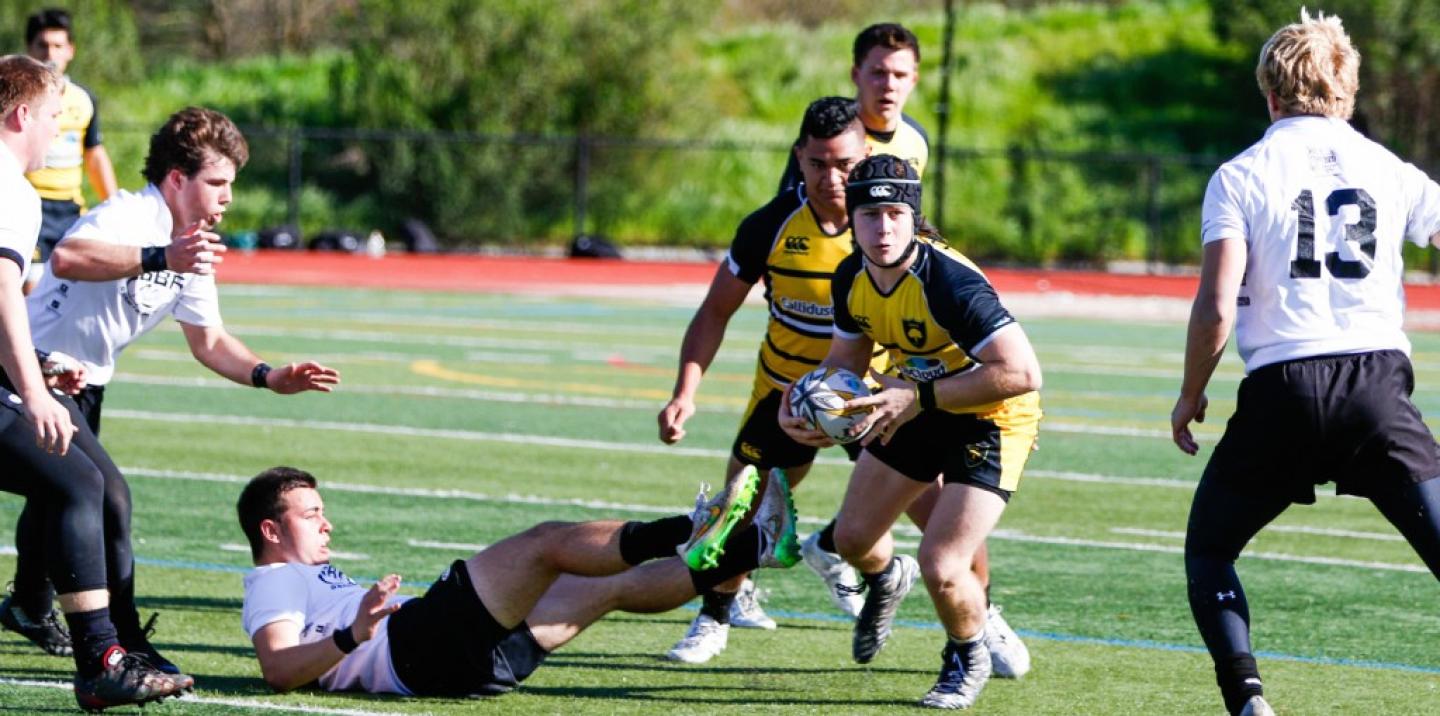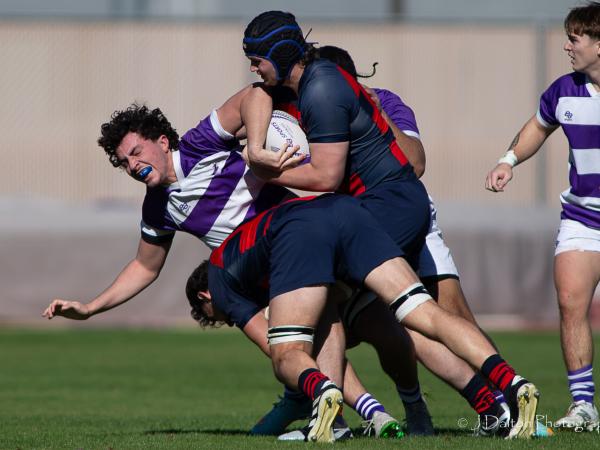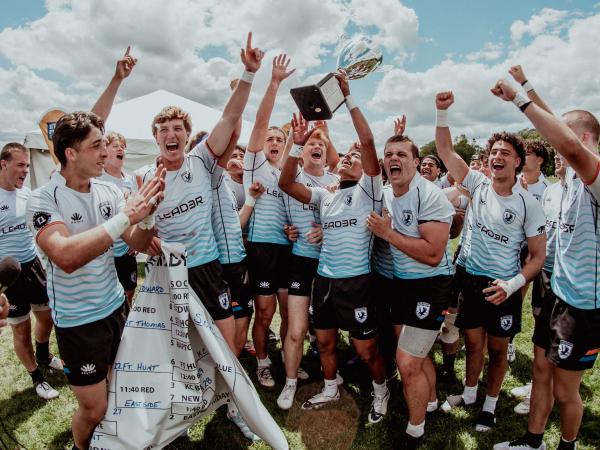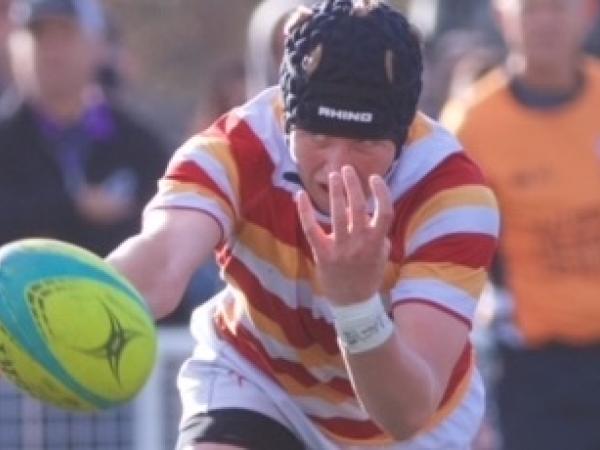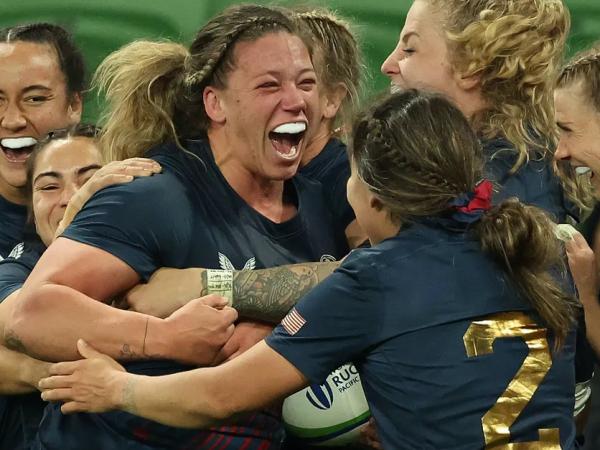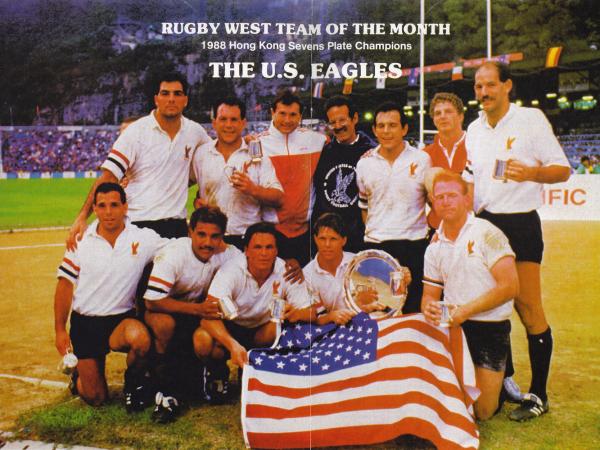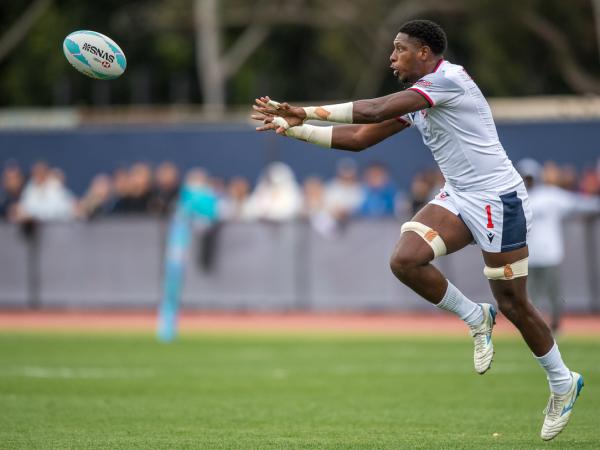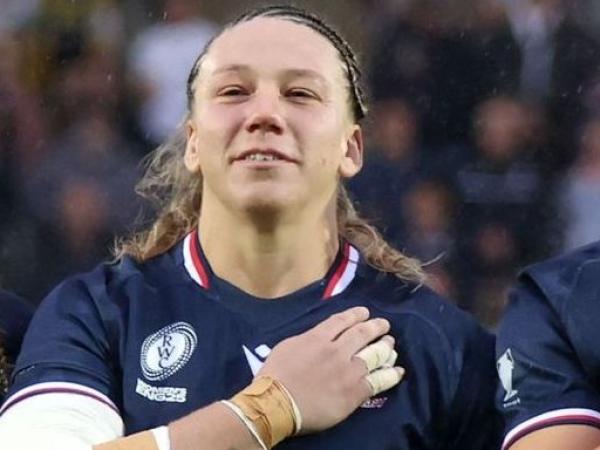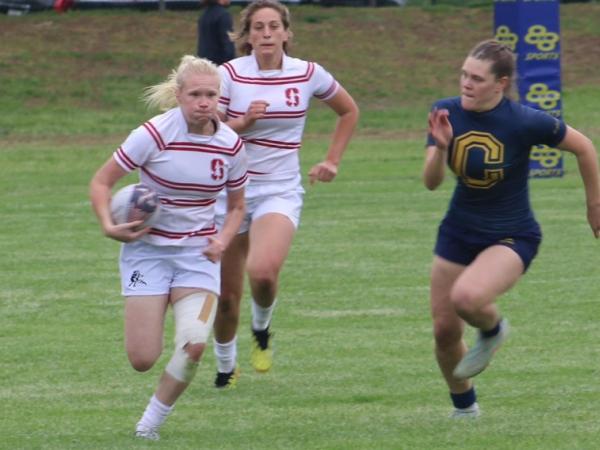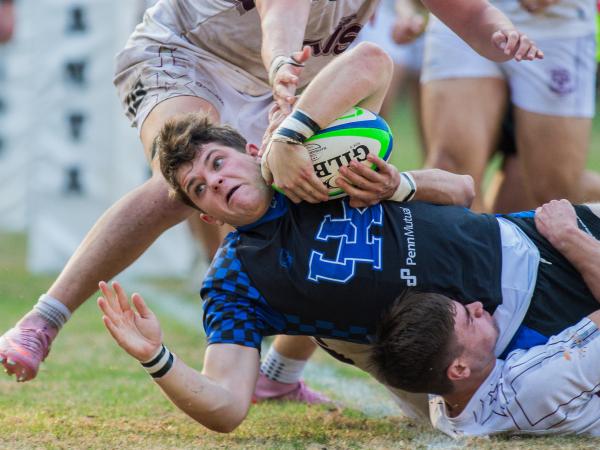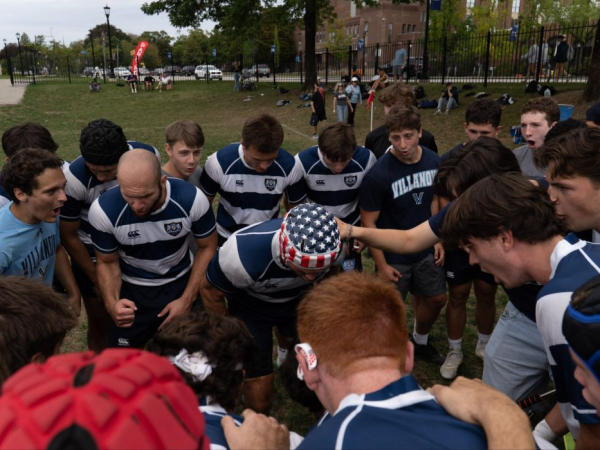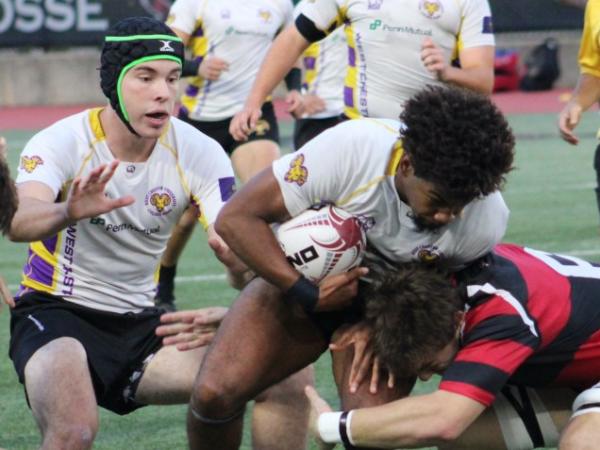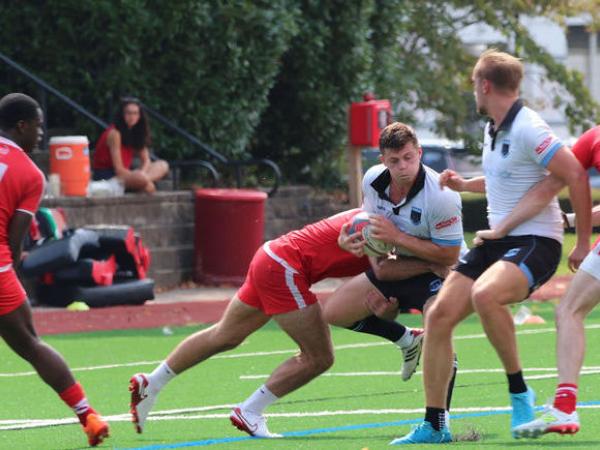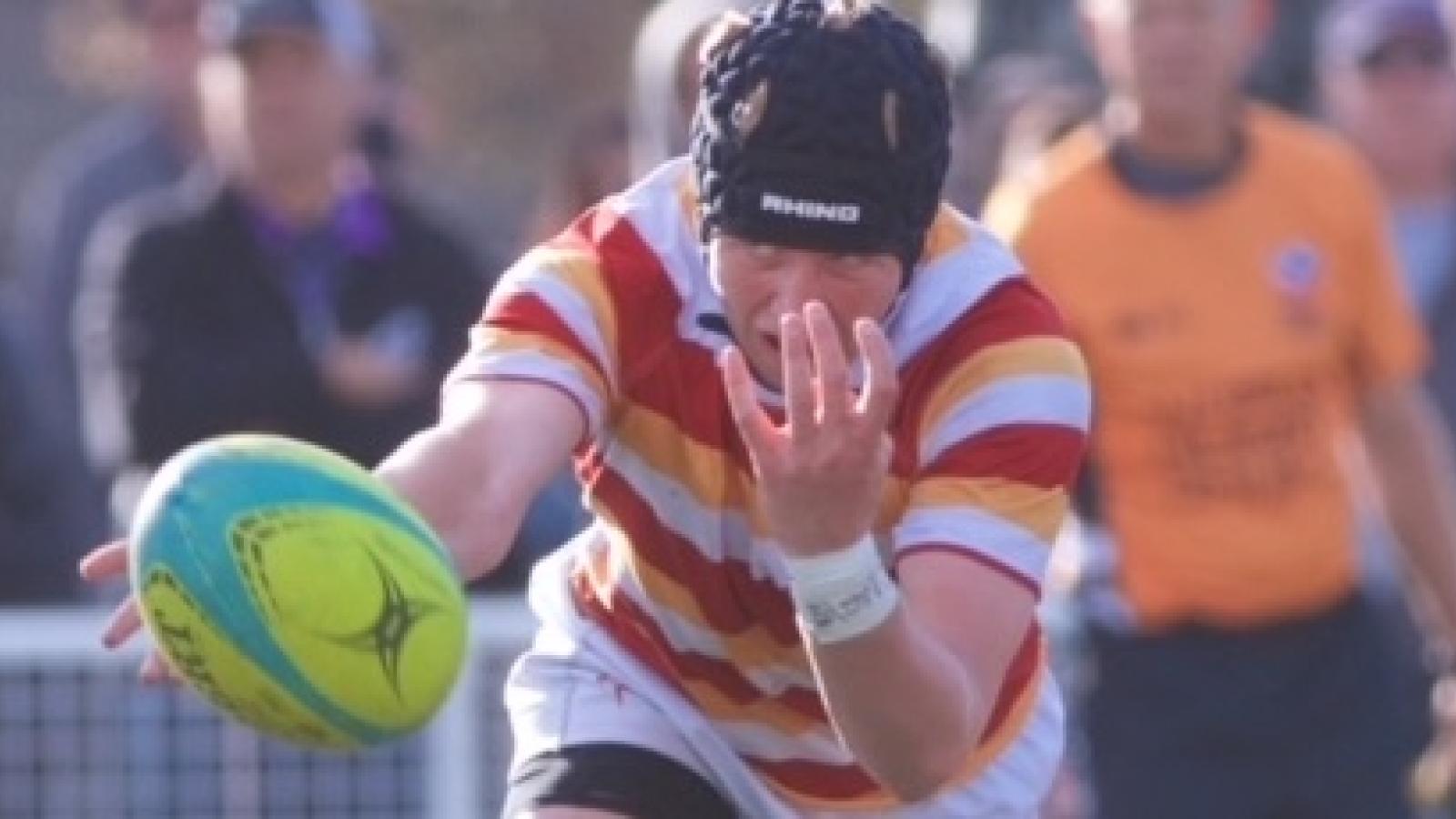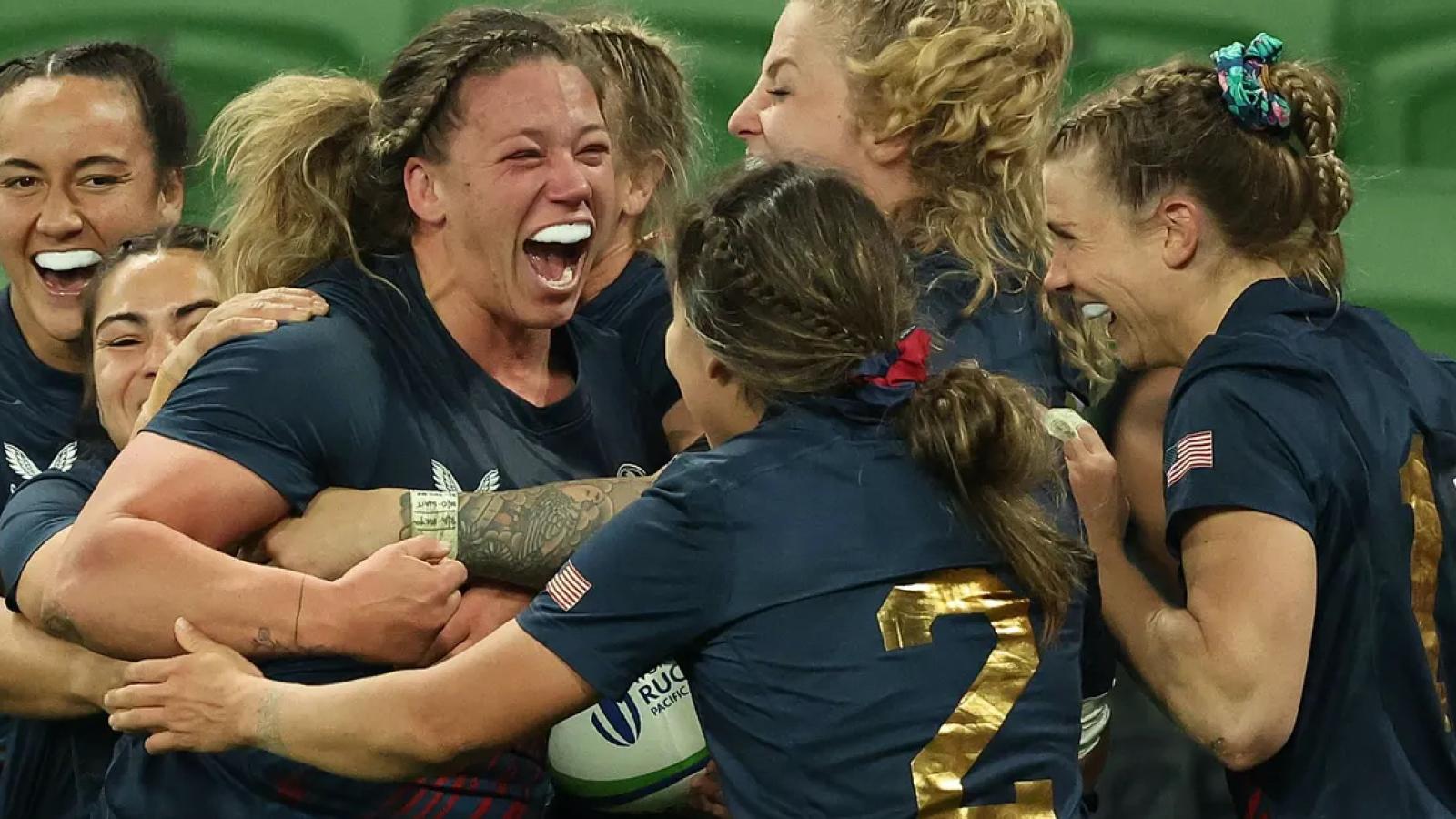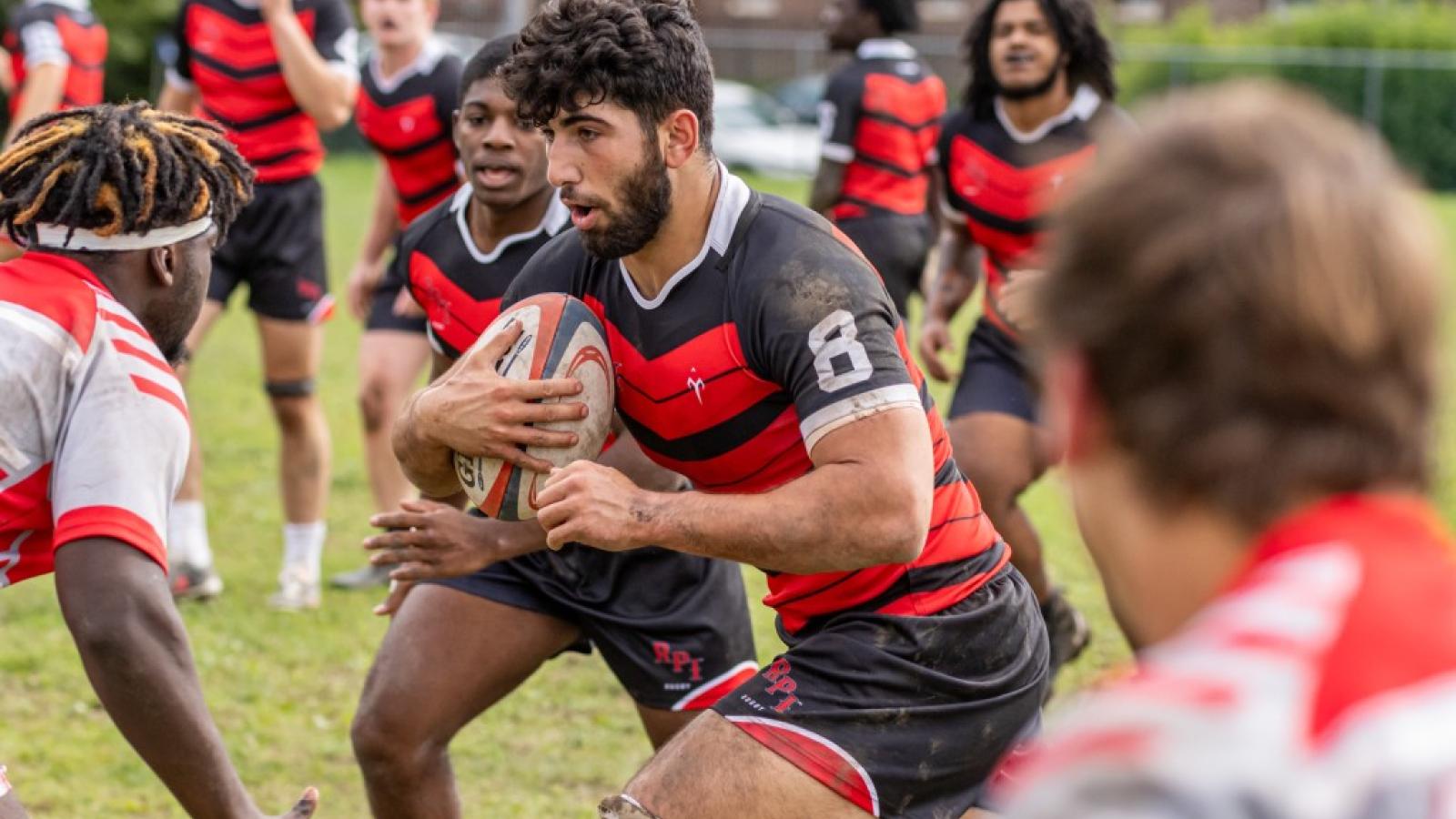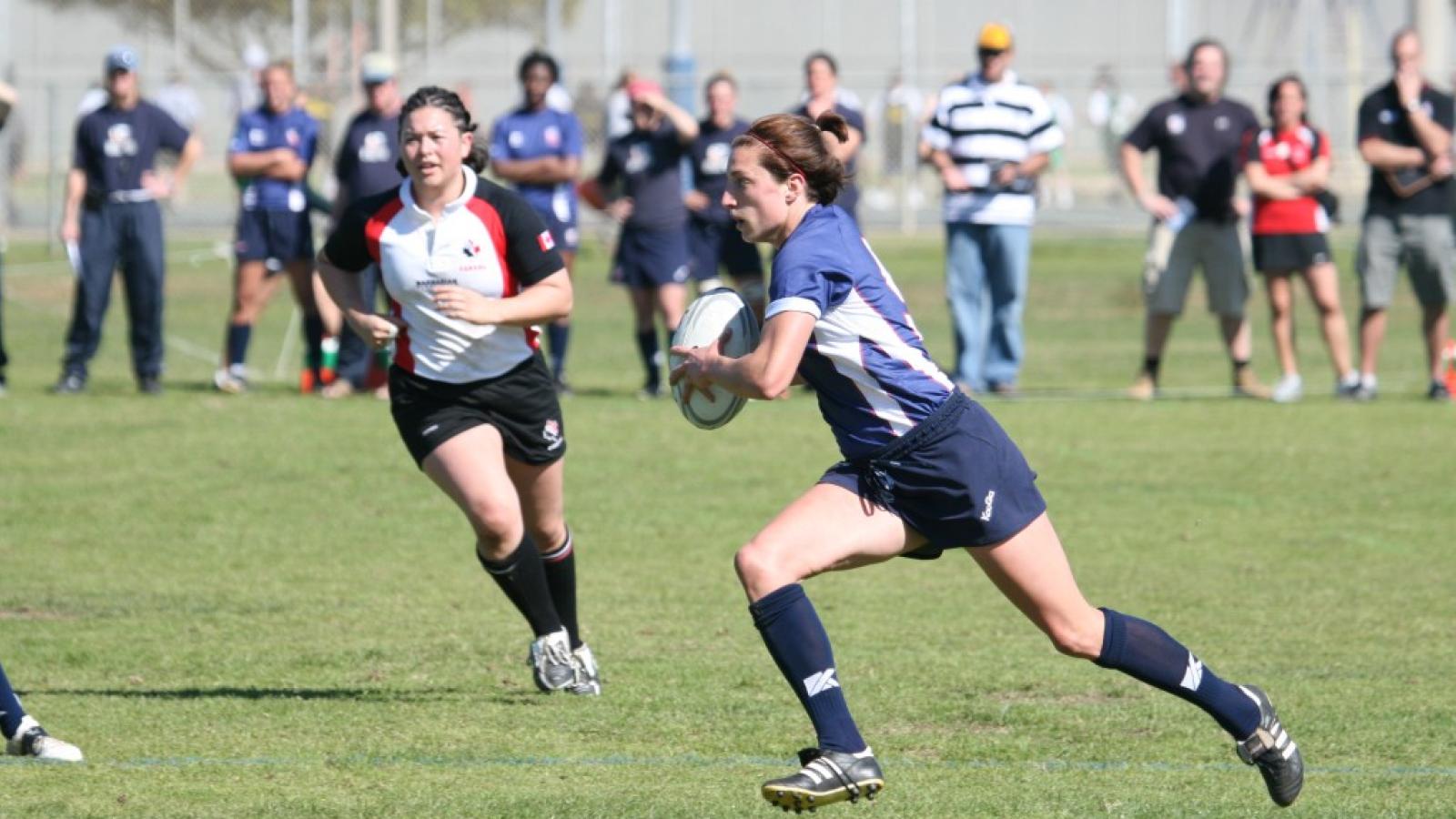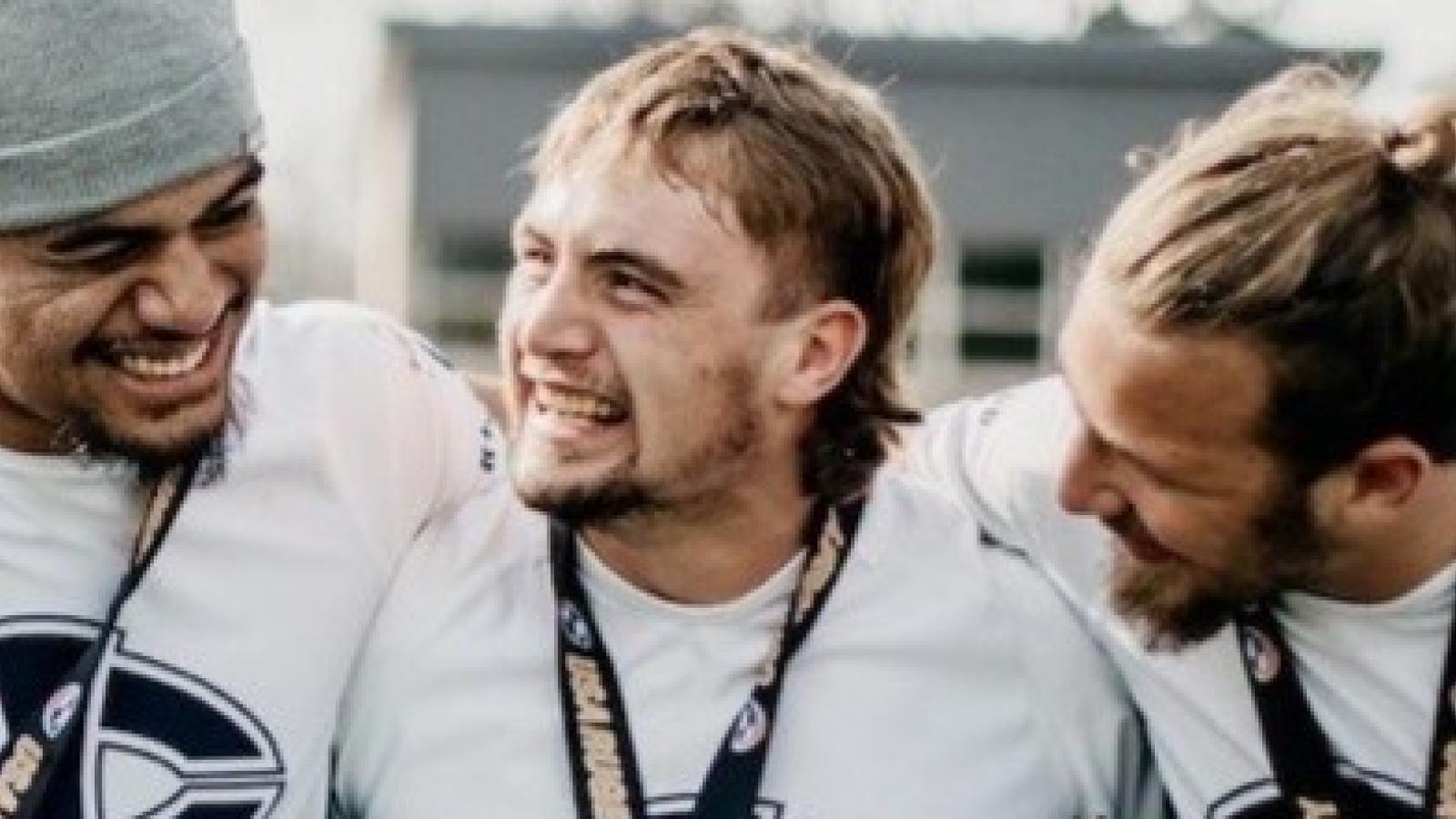High school rugby has seen a few changes over the past year and the past decade, most of it good as more teams and more players are playing a decent-to-good level of rugby.
Most of the news is good news, but all of the new is a story, and we wanted to look at the biggest and most important stories in the high school game.
1. The Academy Emergence Part 1
One of the main reasons local State-Based Rugby Organizations collected dues was to field all-state select sides. In the earlier years of select-side tournaments, such as the longstanding Rocky Mountain Challenge or the tournament this write started in the Pacific Northwest that ultimately became the Great Northwest Challenge, the expectation was that the competing teams would be formed by each state-based organization (or regional organization such as Rugby NorCal and Southern California Youth Rugby).
But that didn't last. Sometimes the election or coaching process for a state team wasn't what everyone wanted. Sometimes a group from a region within that state came together and thought they could do a better job.
Sometimes they did.
Then Eagle Impact Rugby Academy emerged, which was initially designed to help players with big-time aspirations work on their skills. As often happens when you get a group of dedicated athletes together, they want to take the field. EIRA started to field teams, and so did other academies. They started in 7s with the LVI and other tournaments, but expanded to 15s as well.
Meanwhile, SBOs were drawing back on their select-side funding, as the paid administrators realized they a) needed to get paid themselves and b) needed to fund outreach programs and local championships.
All of this has led to complications. Many of these academies don't have borders like the state-based select-sides did. So in some ways it has become open season on recruiting players. This can be good for the players—overlooked by one team an athlete can find another. But it also has created some conflict.
2. The Drive To Single-School
Just before Larry Gelwix left the Highland HS team that won so many championships to run an LDS mission, Gelwix acknowledged to me that he should probably split up the Highland program into several single-school teams. But, he acknowledged, that was a difficult decision to make. When you win all the time, splitting the program risks a few losses, and that's a scary proposition. Gelwix knew it was coming, and in fact that's what has happened.
Highland splintered, but what you have now are Highland alumni coaching single-school teams all around Utah, and those teams not only winning locally, but on a national level.
The Boys HS Rugby National Championships split into single-school and HS club brackets after USA Rugby came in to run it (if for only a couple of years). And what we've seen is a huge growth in the number of single-school teams good enough to play well in that championship (although the winning team has been Jesuit-Sacramento or Gonzaga eight of the last ten years). Southern California, DC, Oregon, and Utah, especially, have developed their own single-school leagues, and we may see a huge change in that direction in Washington state.
USA Rugby's efforts to encourage this should be applauded—creating a per-team dues plan for those teams, for example—but USAR head of youth and high school, Kurt Weaver, tried to push some initiatives a little too quickly, threatening to demonize club teams, which still form a big part of the high school game. The single-school drive has been led by private schools. Public school districts have been slow to adopt and support rugby.
But it is happening.
Chuckanut Rugby Starting HS Teams In Local School District
3. High School To Eagles
The High School All American program struggled to produce Eagles for a while. And it was a rarity to see young players fast-tracked to the national team. But that changed over the last ten years. We saw the HSAA program send players straight into the USA team, and more and more players going directly from high school into the USA squad without having to languish in club rugby or wait their turn.
Titi Lamositele, Joe Taufete'e Mike Te'o, Ruben de Haas, and David Ainuu are all examples of this.
We are seeing more players who don't attend college at all make the USA team and go into pro rugby. That's nice and all, but one hopes they are also learning a trade or something that allows them to pursue a career should their ability to play rugby end prematurely.
4. The Academy Emergence Part 2
As Major League Rugby grows, so do its academy programs. This in itself will provide some opportunities for players, but also some complications. Everyone is still working out the eligibility issues for players who go into a professional team's academy, and it's best to get educated on that before you commit.
Certainly, though, we will see more MLR Academy teams not only training, but playing.
5. All The Stuff Going On Now
State-Based organizations grew out of a dissatisfaction with how local adult unions were managing the high school and youth game. Now those same organizations are tallying up the money and thinking USA Rugby is not managing their dues correctly, paying too much for liability insurance, and not providing much else.
Remember, USA Rugby took over the High School Nationals (which existed for decades without them), kind if half-assed it, and then stepped back and said "we don't want to bother with that."
The BHSNC went back to being privately run and has been all the stronger for it.
But now, what youth/HS initiative could USA Rugby point to? Regional development offices? Maybe. They took on some kind of sanctioning of the regional all-star tournaments, changed their names, shanghaied the bidding process, and instigated rules no one wanted. Thanks ... ?
So now, tired of all that, this powerful constituency is thinking independence, and since its major activities are already run locally or privately, what's to stop them?





